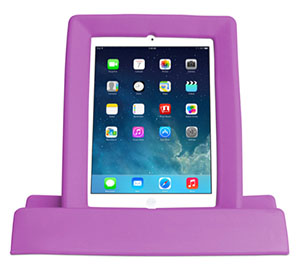
Personal Computing and Personhood in Design and Disability
Editor’s Note: This is the third post in the series on Disabling Technologies When I try to explain augmentative and alternative communication (AAC) devices to those unfamiliar, I usually start with physicist Stephen Hawking, who has amyotrophic lateral sclerosis (ALS). Hawking speaks using a high-tech computerized AAC device with synthetic speech output (Mialet, 2012). The electronic voice communicates to others the text that Hawking selects from a cursor moving across the computer screen mounted to his wheelchair using his cheek movement as input. These sorts of ‘tools for talking’ are also used by those with other disabilities and medical conditions that potentially impair oral speech such as autism, cerebral palsy, or a stroke. AAC devices are mobile by definition, as they ought to move with a person as they move through the world (Reno, 2012). They are becoming more “mobile” in another sense too. Individuals increasingly have the option of using AAC devices that take the material form of ordinary smartphones, tablet computers, and mobile apps that simulate software on specialized computers dedicated to AAC (Alper, 2015). (read more...)
